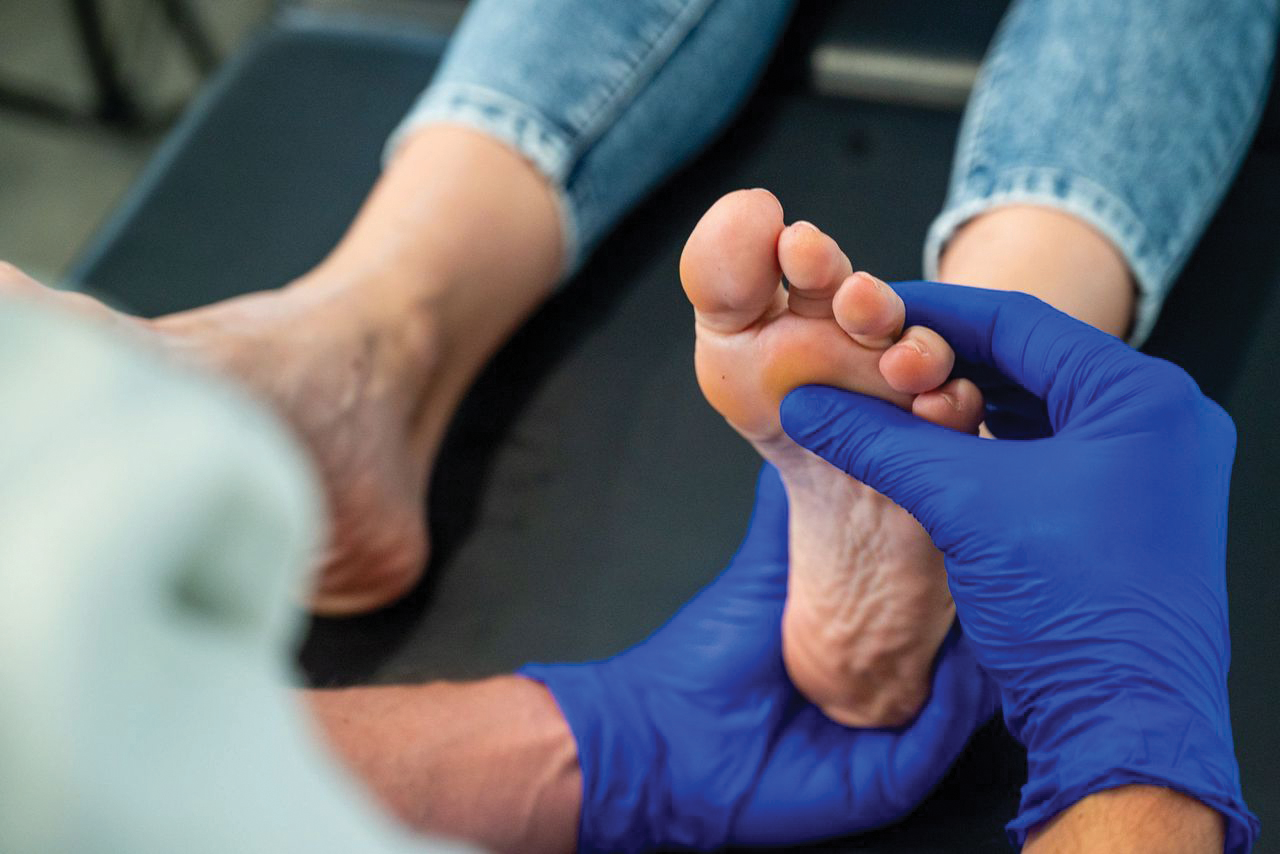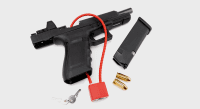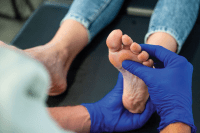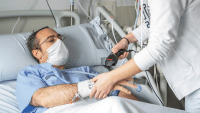In response to Foot assessment and care
Dear Dr. Gelinas,
I am responding to the article Foot assessment and care from volume 19, issue 9, written by Dr. Laura Swoboda. As a wound care nurse, this article resonates with me. I treat various foot wounds-with most resulting from diabetes. Proper foot care is imperative for diabetic patients. Diabetes is the predominant cause of non-traumatic lower extremity amputation (LEA), with 80% of LEAs resulting from diabetic foot ulcers (Cascini, et al., 2020).
Research shows the mortality rate at 4 years for patients who undergo an LEA is 33% (Cascini, et al., 2020). The 3-minute assessment offers an effective and efficient way to screen every patient for lower extremity complications through an ask, look, and teach method (Swoboda,2024). Educating patients on how to perform proper foot care, and how to identify early signs and symptoms of foot injury, can save a patient from possible amputation. Many patients have physical limitations that prevent them from performing foot care (Ju, et al., 2024). In wound care, patients usually return monthly or weekly these frequent visits allow wound care nurses to fill a gap in foot care.
I intend to implement the 3-minute foot assessment into my practice and share it with my colleagues so they may do the same. Many patients are unaware of the risk associated with poor foot care and often do not follow a proper foot care regimen (Ju, et al., 2024). The 3-minute foot assessment will benefit patients by creating a conversation for teaching the importance of foot health while providing crucial foot care.
Respectfully,
Amanda L. Scott, BSN, RN
Ohio University, School of Nursing

















